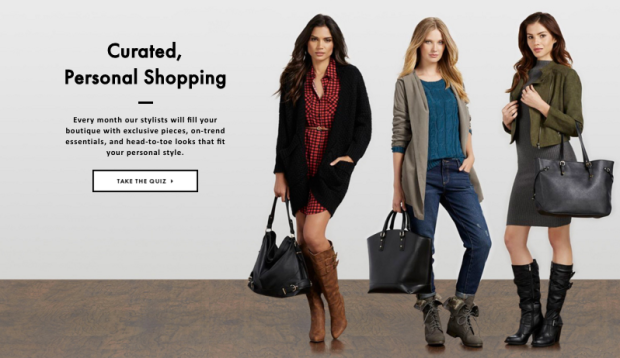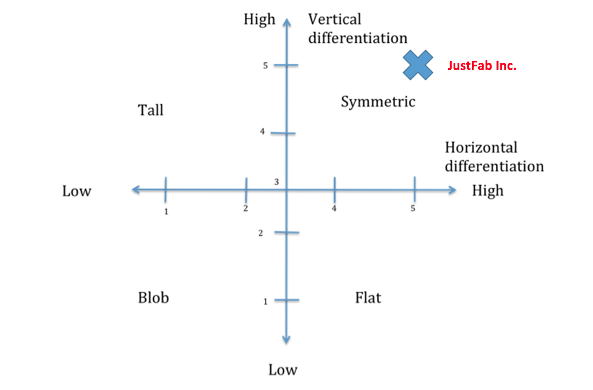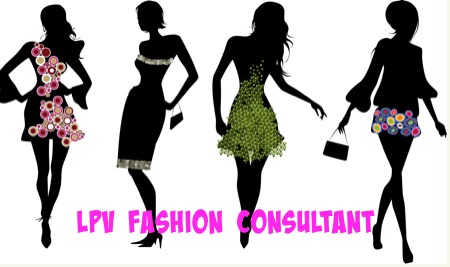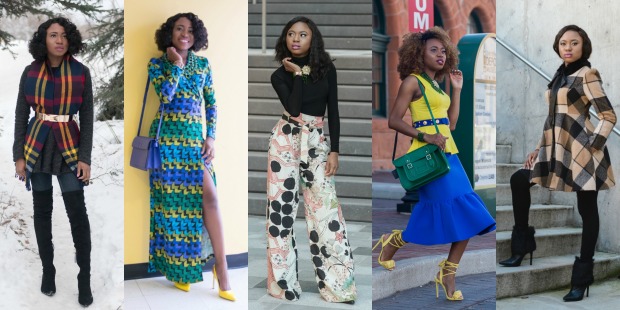
JustFab Selection: Image from the web
1: How complex is your organization internally?
JustFab Inc. is a privately-held clothing subscription e-commerce company that was founded in 2010. JustFab Inc. had a company size of 485 employees as of 2015. The company’s headquarters is located in El Segundo, California. Don Ressler and Adam Goldenberg are CEOs of the company. JustFab Inc. has a global presence in the US, Canada, Germany, the United Kingdom, France and Spain through its portfolio of businesses some of which were acquired over the years namely: JustFab, ShoeDazzle, FabKids, and Fabletics. Other people with major influence on the company are Kate Hudson who is a co-founder of Fabletics, Kimora Lee Simmons as the president and creative director, Josh Hannah as director and investor, and Traci Inglis as senior vice president of marketing (LinkedIn and Craft, 2015).
JustFab Inc. has an interesting structural design with the CEOs and key people on the top of the chart then each portfolio separated into different divisions without any utilization of resources across its portfolio as can be seen from the company’s job listings page. Somewhere in the chart, there is an international division. I picture the organizational structure of JustFab Inc. with a mix of functional and divisional grouping (JustFab, 2015 and Daft, 2010).

JustFab Selection: Image from the web
Under this organizational structure, each business under JustFab Inc. is responsible for managing its resources among its functional areas. A potential employee applies for a job in an area of interest from the company’s career’s page. Some jobs are classified by category and further separated by portfolio business (e.g. under Art & Creative: copywriter – FabKids and copywriter – ShoeDazzle) while others are classified by functional department (e.g. Staff Accountant and Manager of Financial Systems). Given the share size of JustFab Inc. with over 35 million members globally and the organizational structure across its portfolio businesses, the internal structure of the organization is symmetric (JustFab, 2015).
2: Locate your organization on the figure, what is the complexity?

Based on the way the JustFab Inc. system is set up, you can see that there are many subunits horizontally under each portfolio business. Each of the businesses have their own managers and supervisors and at some point up the hierarchy, they is a merger of supervision prior to reaching the investors and directors. So not only is the vertical differentiation of JustFab Inc. very deep (several layers), there is also high horizontal differentiation in task specialization among the business units. A look at JustFab Inc. job posting portrays this hierarchy (JustFab, 2015).
This information puts JustFab Inc. in the symmetric area of the graph with high horizontal and vertical differentiation. Tasks are broken down horizontally into subunits under each business with some parallel processing of work across the business. For example, there is only one human resources department that takes care of recruiting across the business. Vertically, there are many vertical reporting levels in the organizational chart.
#3: Does your organization’s complexity fit its structural configuration?

The organizational complexity of JustFab Inc. and the classification the company falls into are a match. The company uses a matrix structure through the combination of functional and divisional configuration in its matrix form. Through this process, the company can focus on different segments of the market relatively independently. For example, ShoeDazzle and JustFab target young adult females and professionals, Fabletics is geared towards fitness enthusiasts, while FabKids targets families with young children. The company also has international presence in other countries which have relative independence in their activities. By functionally partitioning tasks into smaller specialized activities, JustFab Inc. can efficient in its process while providing adequate vertical layers of control in each division.
#4: Is there “fit” across the organization’s components? What do we know now about how our organization aligns across these categories? What would make them more effective? Should your organization change its structure based on its complexity?
The organizational complexity and configuration of JustFab Inc. matches up with its environment, company strategy and organizational goals. The clothing industry where the company is positioned is always changing and very turbulent with new trends and styles hitting the runway and the streets constantly with changes in season. The organization is an analyzer with innovation and consistently harnesses its engineers and scientists in analyzing trends and tastes of its customers to create new and exciting styles that members of the program are interested in buying. The organizational goals of the company is structured almost equally for both efficiency and effectiveness(Page, 2015).
On efficiency (input, resources and costs), JustFab looks at customer buyer behaviors to give itself a better competitive advantage over other firms in the industry and manages its resources and costs through collaboration with channel partners so keep merchandise costs to the minimum. The company prides itself on products that cost only $39.95 and in order to remain in the position with increasing costs of production, the company has to ensure that it manages its resources efficiently.

JustFab Plus Size: Image from JustFab.com
On effectiveness (outputs, product/services, and revenues), the company focuses on its outputs in products as well as customer services. As the company grew and the market place grew more competitive, JustFab grew from only shoes to include handb
ags, clothing, and jewelry and recently introduced its plus size clothing line (K.N, 2016). The company definitely listens to its customers.
JustFab Inc. is at the forefront of clothing subscription and over the years has brought in more and more revenue ($504 million in 2015 and on track to making $675 million in 2016) as it has grown in size and paying members. The company has done a great job adapting to a complex organizational design as its operating environment became more complex. For JustFab Inc. to get/remain more effective, the company needs to be able to adapt to changes in its environment and should not be comfortable with a rigid structure because its environment is turbulent(Maheshwari, 2016).
REFERENCE
- (2015, May 12). JustFab Business Summary. Retrieved April 23, 2016, from Craft, https://craft.co/justfab
- Daft, R. L. (2010). Organizational Theory and Design (10th). Cincinnati, OH: South-Western College Publishing.
- JustFab Inc. (2015). JustFab careers – job openings. Retrieved April 18, 2016, from JustFan Inc, http://corp.justfab.com/?action=careers.openings
- K, N. (2016, April 1). Behind the scenes: JustFab’s plus size capsule collection. Retrieved April 24, 2016, from The FAB life,http://blog.justfab.com/2016/04/justfab-plus-size/
- JustFab Inc.. Retrieved April 24, 2016, from LinkedIn, https://www.linkedin.com/company/justfab
- Maheshwari, S. (2016, January 16). Fabletics and JustFab keep growing in face of criticism. Retrieved April 24, 2016, from Buzzfeed,http://www.buzzfeed.com/sapna/justfab-fabletics-target-675-million-in-sales-this-year#.ccD95WL0o
- Page, P. (2015, July 2). Today’s top supply chain and logistics news from WSJ.The Wall Street Journal. Retrieved April 24, 2016 from http://www.wsj.com/articles/todays-top-supply-chain-and-logistics-news-from-wsj-1435834202


